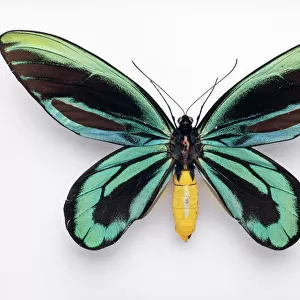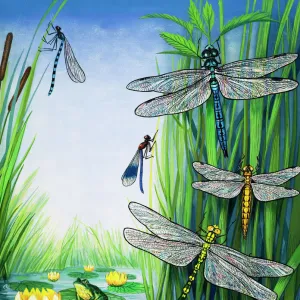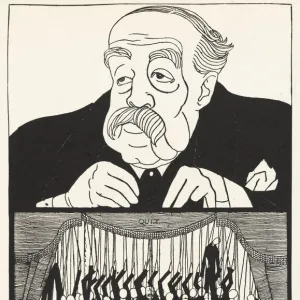Home > Animals > Insects > Butterflies > Related Images
Curtis British Entomology Plate 405
![]()

Wall Art and Photo Gifts from Mary Evans Picture Library
Curtis British Entomology Plate 405
Diptera: Scatophaga scybalaria (Largest Dung-fly) [Plant: Juncus effusus (Soft Rush)] Date: 1824-39
Mary Evans Picture Library makes available wonderful images created for people to enjoy over the centuries
Media ID 23039556
© The Robin Symington Collection/Mary Evans Picture Library
1820s 1830s Butterflies Butterfly Curtis Diptera Entomology Juncus Largest Ledipotera Rush Soft Dung Fly
FEATURES IN THESE COLLECTIONS
> Animals
> Insects
> Butterflies
> Related Images
> Animals
> Insects
> Flies
> Related Images
> Mary Evans Prints Online
> New Images August 2021
EDITORS COMMENTS
This image is taken from Curtis's British Entomology, a seminal work in the field of entomology published between 1824 and 1839. Plate 405 showcases the largest Dung-fly, scientifically known as Scatophaga scybalaria, in its natural habitat. The Dung-fly, a member of the family Scatophagidae, is a common sight in grasslands and meadows, particularly around fresh dung pats. The fly is depicted with remarkable detail and precision, its elongated body and distinctive wings captured in intricate detail. The plant accompanying the fly is Soft Rush (Juncus effusus), a common sedge found in wetlands and shallow water. The plant's soft, grass-like appearance provides a striking contrast to the hard, angular features of the Dung-fly. John Curtis, FLS, the renowned English botanist and entomologist, was the driving force behind this groundbreaking publication. Curtis's British Entomology was one of the most comprehensive works of its time, featuring over 3,000 plates and covering a vast array of insects, including beetles, flies, and butterflies. This image, taken from the Ledipterous section of the work, highlights the importance of documenting and preserving the natural world during the 19th century. The meticulous attention to detail and the high-quality illustrations make this plate a valuable resource for both scientific research and conservation efforts. The Dung-fly plays a crucial role in the ecosystem by breaking down and recycling nutrients from dung, making it an essential component of the natural cycle. The Soft Rush, on the other hand, provides important habitat for many aquatic organisms and helps prevent erosion in wetland areas. This image is a testament to the beauty and diversity of the natural world and serves as a reminder of the importance of preserving and documenting it for future generations.
MADE IN THE USA
Safe Shipping with 30 Day Money Back Guarantee
FREE PERSONALISATION*
We are proud to offer a range of customisation features including Personalised Captions, Color Filters and Picture Zoom Tools
SECURE PAYMENTS
We happily accept a wide range of payment options so you can pay for the things you need in the way that is most convenient for you
* Options may vary by product and licensing agreement. Zoomed Pictures can be adjusted in the Cart.




